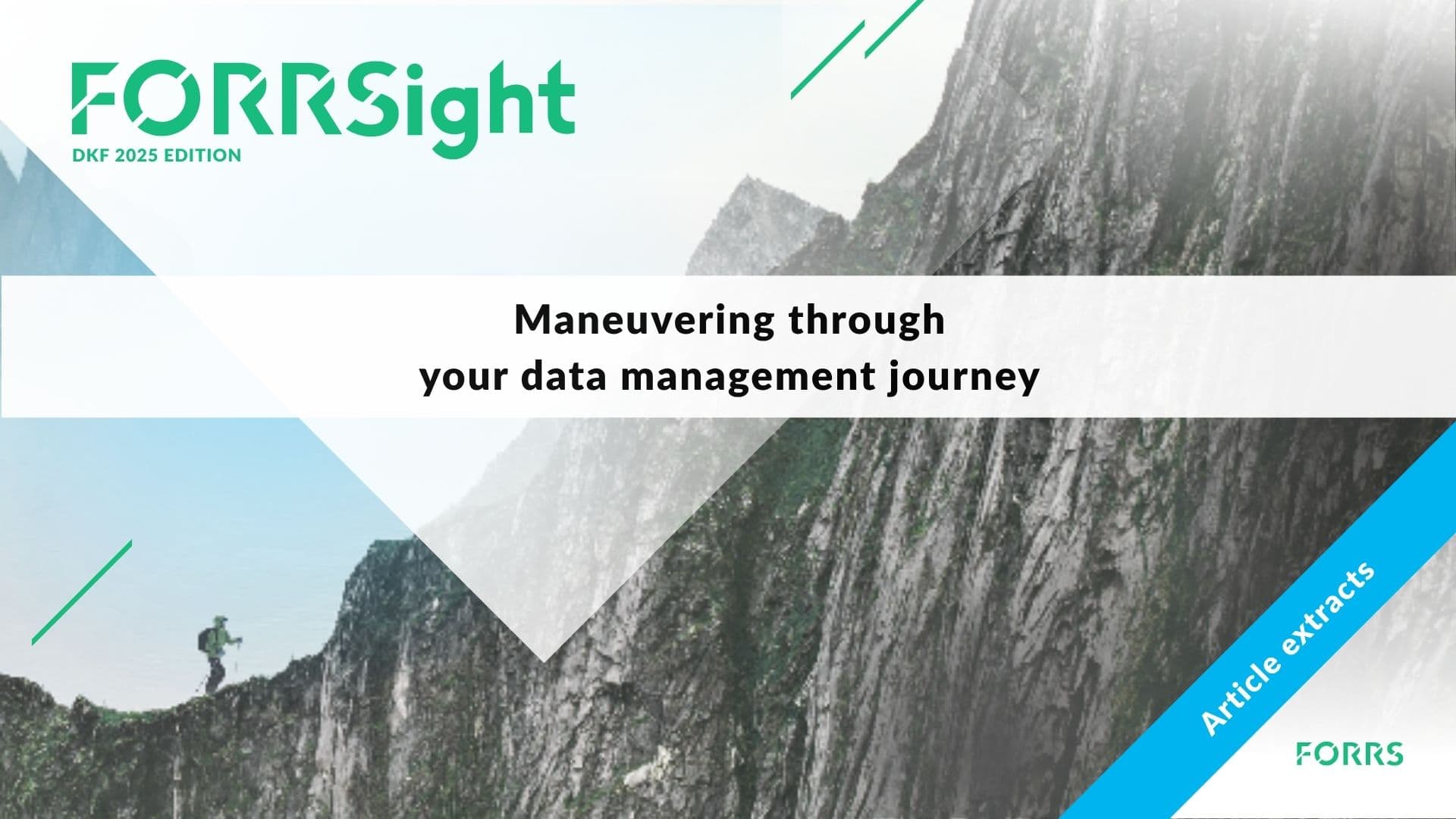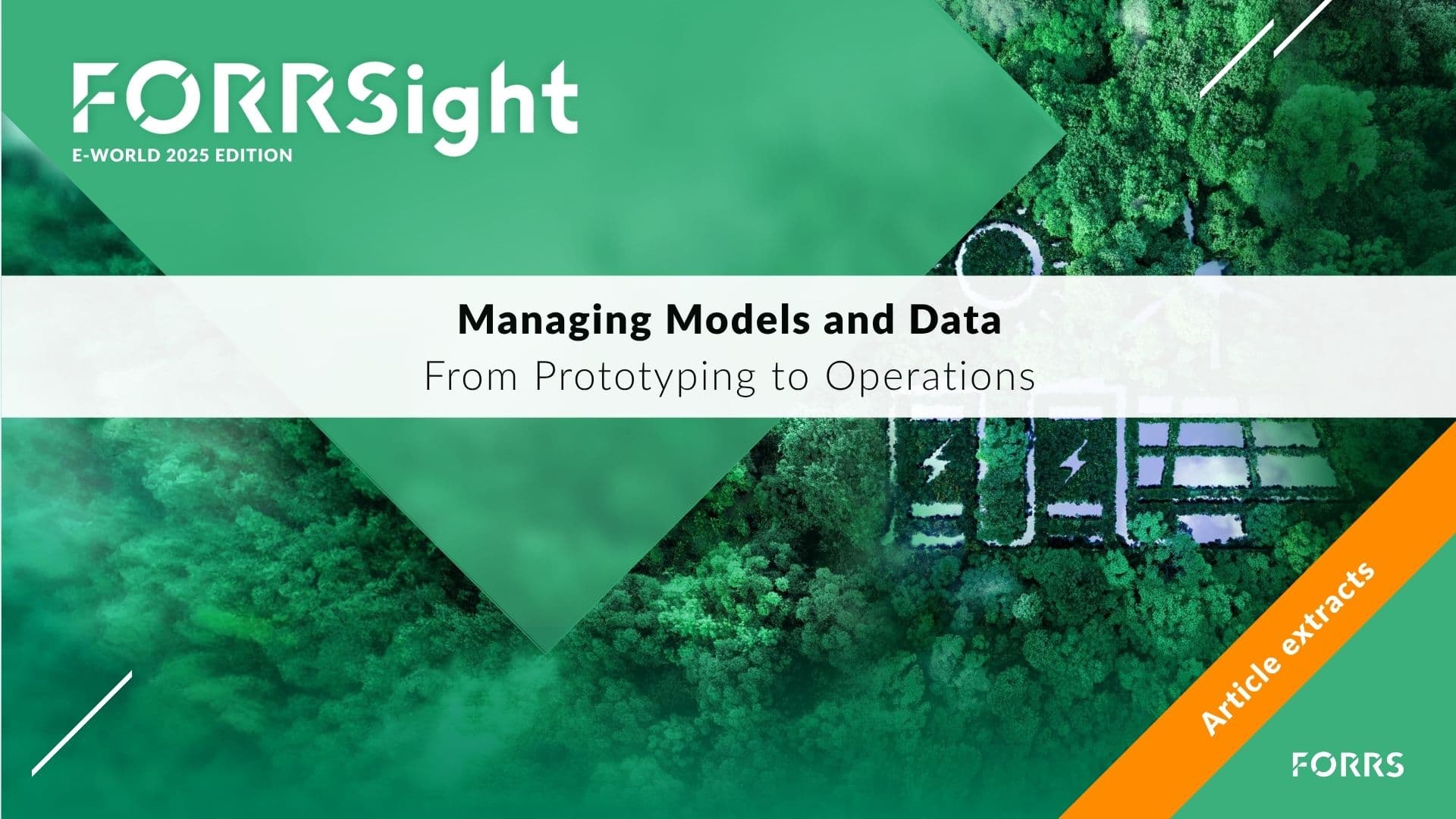16.07.2025 / 08:30
Maneuvering Through your Data Management Journey
License Management

Harvesting the full potential of artificial intelligence relies on the best possible data management as a foundation.
Efficient data provisioning is more crucial than ever, especially within financial organizations. Technology or services offerings are growing fast. Organizations are moving their business models towards data-driven revenue generation and are preparing for the age of artificial intelligence (AI). Increasing automation enables enterprises to operate faster and more efficiently.
Data is a paramount ingredient for all business processes. Efficient data management is complex and needs senior management attention. Strong leadership teams must prepare to make impactful decisions around data, technology, and services. Professional data management in financial services organizations is a continuous delivery journey, rather than a project initiative with a definite end.
Rising challenges of managing all aspects of the data management journey
Data management technologies have developed dynamically over the last decades. Recent innovations, such as extremely competitive cloud offerings or new types of services, are speeding up this development. These innovations have reached satisfying maturity levels, which make them highly relevant for financial organizations.
Financial organizations must make a growing number of decisions when navigating through a labyrinth of offerings, which are typically not directly comparable with each other.
Moving from decision support to decision automation
Future business cases in financial organizations will mostly involve initiatives where decision automation is key. Historically, IT systems were used to support and enable decisions but nevertheless were based on manual interactions. With automated decision taking, manual interactions are removed from corporate workflows and decision taking is reaching new levels of quality.
A key ingredient for reliable decision automation initiatives is a fully managed data landscape, including reliable data quality. Successful implementations are already widely available – for example in areas such as anti-financial crime (AFC), where real-time decision-making in fraud prevention enhances customer value.
Integrated management of the data management journey
The sophistication level of data usage within business processes is developing extremely fast – for example, business intelligence (BI) and dashboarding solutions are market standards nowadays. However, organizations still have room to improve significantly their internal data provisioning journeys. The following sections outline a typical data journey:
Data content
New products, new requirements, new regulations, all drive the development of data content needs. At the same time, data vendors are constantly reacting with new offerings to meet customer needs effectively. Overseeing the ever-changing requirements of an organization, while following market developments and relevant vendor offerings, is an increasingly difficult challenge for any organization.
Data licensing
Utilizing data for commercial purposes increases costs, which must be constantly monitored, managed, and optimized to prevent unexpected budget overdrafts or scrutiny by data vendors. With constantly changing data content offerings, managing data licenses, such as switching vendors, or validating internal demands, becomes a complex task that requires a professional organizational structure and well-trained staff.
Technology choice
Identifying the most efficient technology for ingestion, storing, processing, and distribution of data is a complex challenge. Technology offerings have exploded over the past few years. Moving all your data into cloud-based solutions looks appealing at first, but evaluating whether it is really the best choice requires sophisticated validation.
Financial organizations historically utilize specialized systems to manage data and its usage, whereas recent cloud-based developments show a more technical generalization of data management. Identifying the ideal solution mix that addresses specific data usage requirements, while leveraging the benefit of modern cloud-based data architectures, requires new skills within the organization. Continuously managing technological choices within a financial organization is increasingly important for ensuring competitiveness.
Technology implementation
Constantly overseeing multiple technology implementation projects at the same time is the new reality for financial organizations. While system implementations alone have their complexities, managing a portfolio of innovative technology implementations is even more difficult. Still, many financial organizations manage technology implementations as cost center implementations, and do not see technology as a value-creating benefit for their business. We see successful organizations transitioning to more value-driven technology implementation projects, providing, for example, B2B customer services directly on their technology platforms.
Data governance
Ensuring data ownership and responsibility around data is a well-understood task within financial organizations. Since other related factors of the data management journey are becoming increasingly complex, data governance management needs to gear up and increase efficiency. Poor governance and compliance becomes costly, since addressing these issues requires the complete focus of an organization, which slows down business growth and value creation. Given a smaller workforce in the future, such constellations become extremely painful and operational risks arise. That is why more organizations are outsourcing their governance and compliance efforts.
Data operations
Based on all the above aspects, managing data landscapes in the future will become more complex and multi-dimensional. Effective data provisioning services within an organization require new operating models and highly integrated structures.
One of the most effective methodologies used by successful organizations is to design integrated data solutions and operations that are based on capability architectures. This allows business-related decisions to be separated from technology decisions. Technology can be exchanged, while capabilities remain the same. FORRS uses capability architecture as a leading principle when planning and designing data architectures and platforms.
Conclusion
Technology choices and data content challenges typically introduce additional complexity, particularly arising from data governance and data licensing. A lack of effective data governance is an internal cost driver, while poor data licensing practices represent an external operational risk, often leading to significant costs or even fines. Successful organizations of the future will manage and operate these aspects in an interlinked fashion and will focus on timely and high-quality delivery to support their business cases.

Navigating a labyrinth of choices around your data: Efficient data availability and usage within trading organizations are more crucial than ever. Fortunately, there are more and more options for data management.





